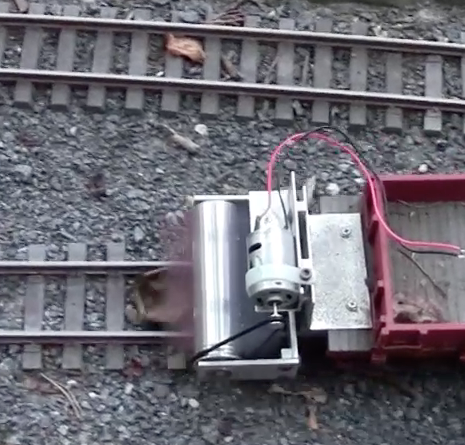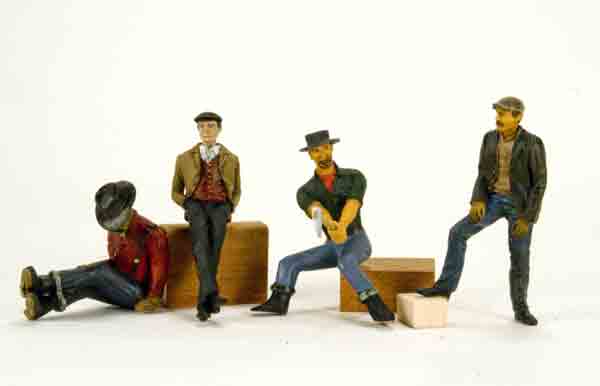
1:20.3-scale figures Fun & Games PO Box 243 Jefferson City MO 65102 Price: $12 each Website: http://scalefigures.com Scale figures from the early 20th century; each available in two color schemes; several poses available; each figure fully painted and detailed Pros: Wide selection of poses; different classes (i.e., blue collar, white collar); neatly painted in authentic […]
Read More…
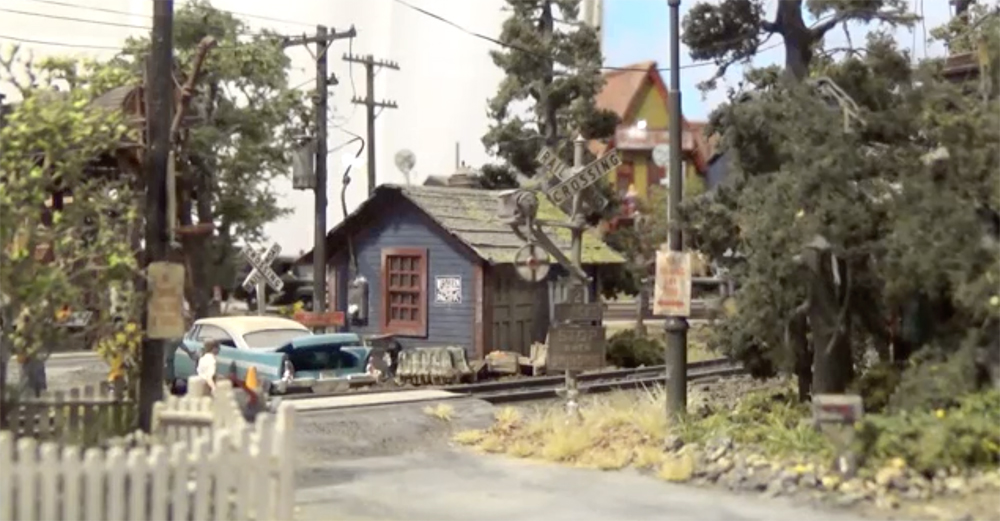
I completed the HO Wig-Wag crossing using an actual 3mm magnetic actuator on the pole made from a modified coreless motor inside a brass shim-stock enclosure. The 3-phases windings are driven by an Arduino. The wig-wag crossing was made from a kit from Showcase Miniatures and tools from the Small Shop. Yes, this was wired […]
Read More…

I completed the HO Wig-Wag crossing using an actual 3mm magnetic actuator on the pole made from a modified coreless motor inside a brass shim-stock enclosure. The 3-phases windings are driven by an Arduino. The wig-wag crossing was made from a kit from Showcase Miniatures and tools from the Small Shop. Yes, this was wired […]
Read More…
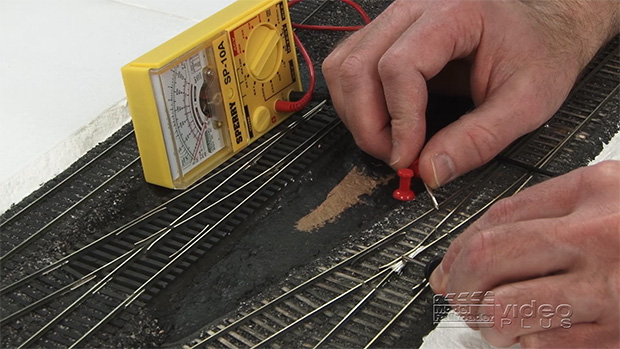
Having trouble viewing this video? Please visit our Video FAQ page MR contributing editor Tony Koester now has all the essential components of the handlaid trackwork installed. In this video, David Popp takes up the effort to add a Blue Point switch control, cut gaps in the rail to isolate the frog, and then […]
Read More…

Having trouble viewing this video? Please visit our Video FAQ page MR contributing editor Tony Koester now has all the essential components of the handlaid trackwork installed. In this video, David Popp takes up the effort to add a Blue Point switch control, cut gaps in the rail to isolate the frog, and then […]
Read More…
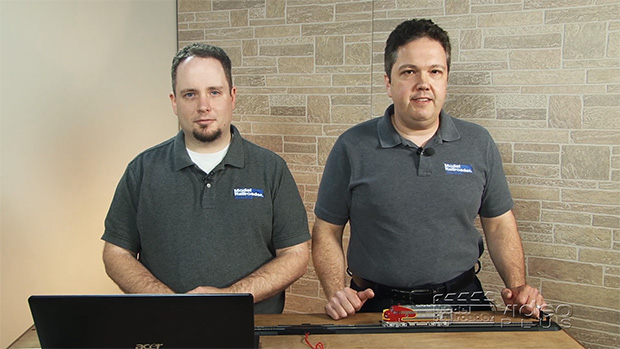
Having trouble viewing this video? Please visit our Video FAQ page DCC Programming host Dana Kawala launches Season Two of the hands-on DCC demonstration series by introducing an all-new, next-level topic, along with a new co-host. Keeping the tech-talk to a minimum, Dana and MRVP’s Ben Lake explain JMRI (Java Model Railroad Interface), before […]
Read More…

Having trouble viewing this video? Please visit our Video FAQ page DCC Programming host Dana Kawala launches Season Two of the hands-on DCC demonstration series by introducing an all-new, next-level topic, along with a new co-host. Keeping the tech-talk to a minimum, Dana and MRVP’s Ben Lake explain JMRI (Java Model Railroad Interface), […]
Read More…
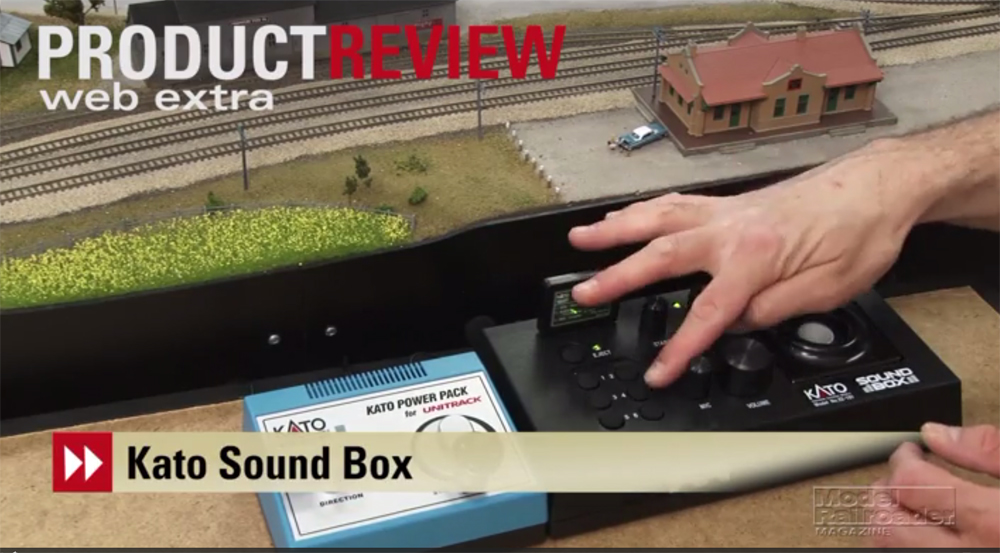
The Kato Sound Box provides an easy way to add realistic sound effects to a direct-current (DC) layout without having to install Digital Command Control (DCC). Senior editor Dana Kawala demonstrates the Sound Box connected to a Kato power pack on the Model Railroader staff’s N scale Red Oak project model train layout. […]
Read More…

The Kato Sound Box provides an easy way to add realistic sound effects to a direct-current (DC) layout without having to install Digital Command Control (DCC). Senior editor Dana Kawala demonstrates the Sound Box connected to a Kato power pack on the Model Railroader staff’s N scale Red Oak project model train layout. […]
Read More…
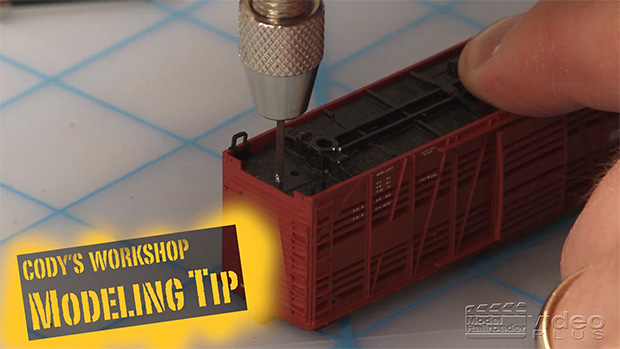
Having trouble viewing this video? Please visit our Video FAQ page Couplerpalooza comes to Cody’s Workshop this month! In this episode, Cody installs a body-mounted coupler and demonstrates how to use a tap in the process. Plus, he shares a quick technique for adding a painted sign to the side of a brick structure. […]
Read More…

